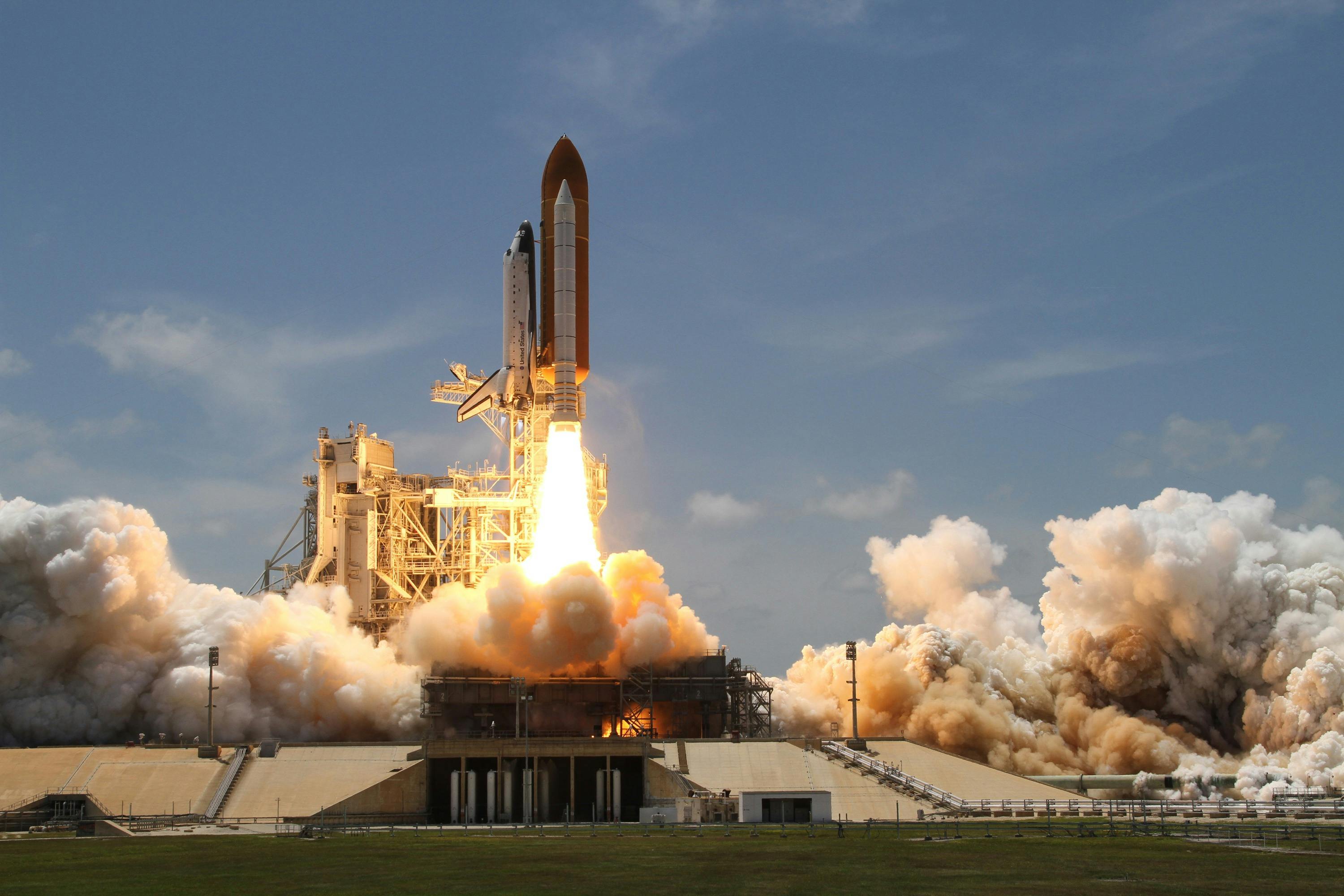
Introduction
The space race has reached an emotional chapter for India, as it embraces its aspirations in the realm of space exploration. This week marked a historic moment for the nation when Group Captain Shubhanu Shukla, a pioneering test pilot of the Indian Air Force, became the first Indian astronaut to visit the International Space Station (ISS). This journey, aboard the Dragon spacecraft during Axiom Mission 4, signifies not only a personal achievement for Shukla but also a milestone in India’s quest to expand its presence in the cosmos.
Shubhanu Shukla: From Gandhinagar to the Stars
Born in the vibrant state of Gujarat, Shubhanu Shukla’s path is a testament to resilience and determination. As a dedicated IAF test pilot, he pushed the boundaries of aerospace engineering for years. His recent mission to the ISS elevated this journey to extraordinary heights—both literally and metaphorically. Launched from Cape Canaveral aboard a Falcon 9 rocket, the Axiom mission is part of SpaceX’s commercial partnership with NASA, designed to ferry astronauts worldwide to the ISS. What makes Shukla’s experience so significant is that it is India’s inaugural mission featuring its own astronaut at the most advanced space laboratory currently in orbit.
Axiom Mission 4: The Technology That Makes It Possible
Shukla’s voyage involved traveling in a dragon capsule named ‘Grace’, exemplifying cutting-edge space engineering. The Falcon 9 rocket, known for its reusable booster technology, flawlessly propelled the crew into orbit with precision and efficiency—a hallmark of SpaceX’s multiple successful launches.
The Dragon capsule is equipped with state-of-the-art technology, including autonomous docking capabilities, life support systems, and a touchscreen control interface. These advancements allowed Shukla to experience a mission environment comparable to the best in aeronautics. More than comfort, however, the mission also fostered critical insights about operational space systems that will inform India’s own crewed mission efforts.
Scientific Contributions: A Collaborative Effort
Upon arrival at the ISS, Shukla transitioned from mere astronaut to active researcher. Collaboration with NASA and ISRO enabled Shukla to engage in Indian-led microgravity experiments. These experiments include:
- Testing the impact of microgravity on nutritional elements vital for long-term space missions.
- Analyzing how astronauts interact with electronic screens in zero-gravity environments, crucial for the design of future crewed missions.
These experiments are not merely academic pursuits; the findings will directly benefit India’s Gaganyaan human spaceflight program, providing insights that could only be gathered in space.
The Gaganyaan Connection: India’s Aspirational Mission
The Gaganyaan mission aims to send Indian astronauts into Earth’s orbit aboard a domestically-developed human-rated LVM3 rocket. Although delays have occurred due to the COVID-19 pandemic and technical challenges, the experience gained from the ISS mission represents invaluable knowledge that can’t be simulated on Earth.
Insights Gained from Shukla’s Time at the ISS:
- Astronaut training and psychological preparation techniques.
- Systematic demonstrations of life support systems in space.
- Troubleshooting and diagnostics in real-time space environments.
ISRO is currently developing its own environmental control and life support systems (ECLSS) for the Gaganyaan mission, focusing on innovations in waste recycling, food sustenance, and thermal regulation. Shukla’s experiences will contribute significantly to these endeavors.
India’s Future in Space: Beyond Earth’s Orbit
India’s ambitions extend far beyond maintaining a presence in Earth’s orbit. With the successful missions of Chandrayaan-3 and Aditya-L1, the roadmap ahead is undeniably ambitious:
- Chandrayaan-4: India’s first Lunar Sample Return Mission.
- The conceptualization of an Indian Space Station by 2030.
- Advancements in robotics and autonomous docking technology.
- This mission serves as a stepping stone toward greater dreams.
Emergence of India’s Private Space Sector
While ISRO leads the charge in governmental efforts, India’s private space sector has emerged as a formidable entity in this domain. The Axiom Mission illustrated how public-private partnerships can yield fruitful results in propelling India into the next frontier.
- Innovative companies like Skyroot Aerospace are testing reusable rockets.
- Agnikul Cosmos is working on mobile launch solutions and advanced 3D-printed engines.
- Pixxel is launching hyperspectral imaging satellites that monitor everything from agricultural health to mineral tracking.
Support from the Indian National Space Promotion and Authorization Center empowers these startups to play significant roles in future Indian missions.
Conclusion: A Nation Ascends
What began as an awe-inspiring lift-off from Florida now resonates throughout India. Group Captain Shubhanu Shukla’s accomplishment is not merely a personal victory; it embodies national pride and progress. His mission to the ISS solidifies India’s position as not just a participant but a contender in the global space arena. The data, partnerships, and experiences cultivated during this mission will chart the course for a new era—one where Indian astronauts, entrepreneurs, and scientists collaborate on an equal footing within the international space community.
The countdown to greater discovery has commenced. The journey continues, and India’s quest for exploration among the stars is just beginning.